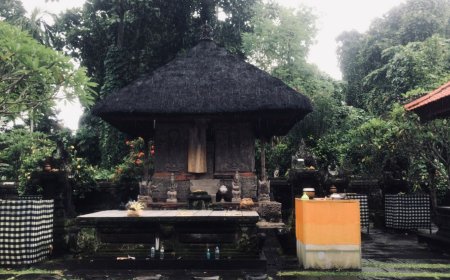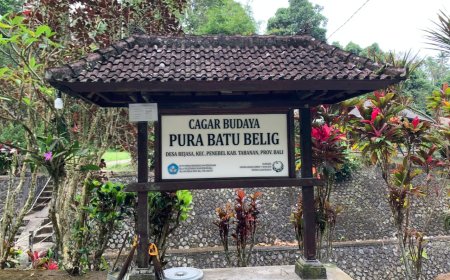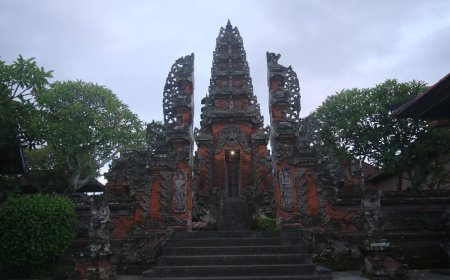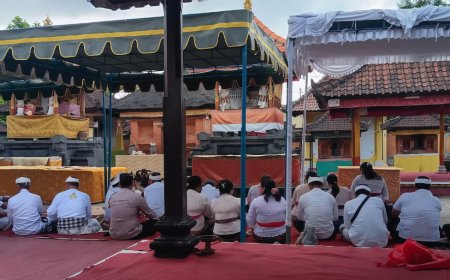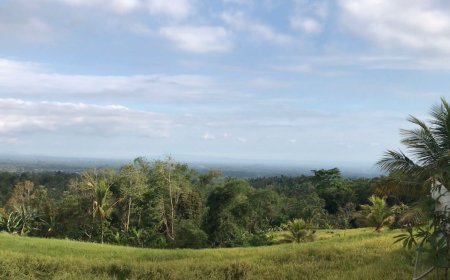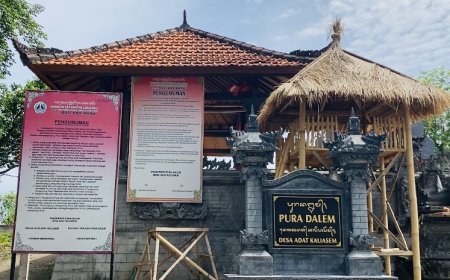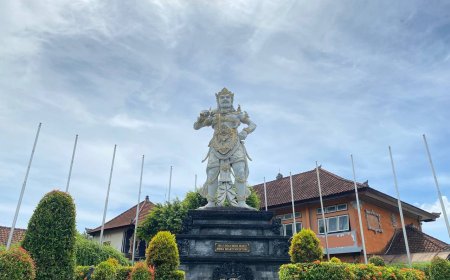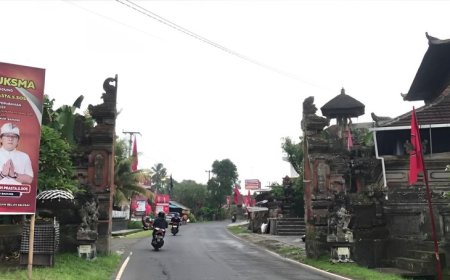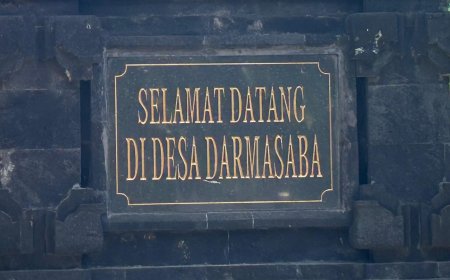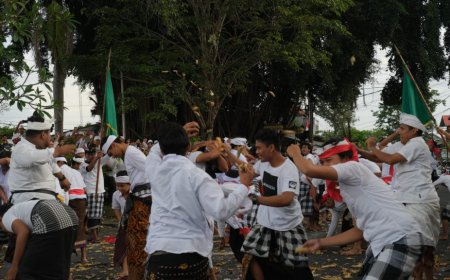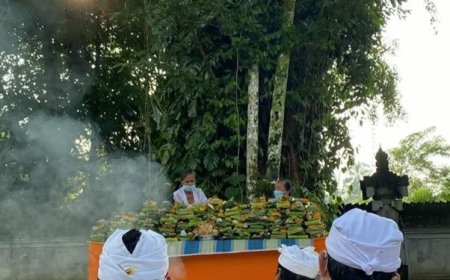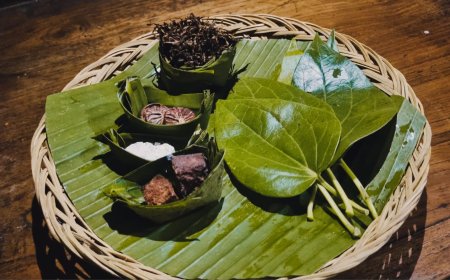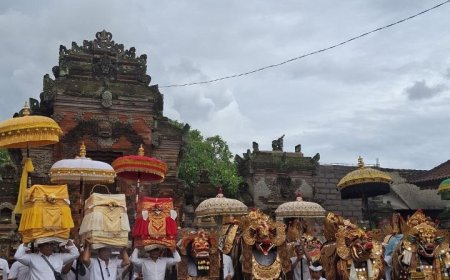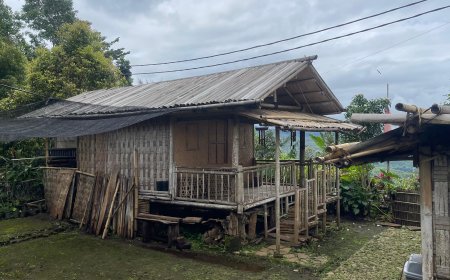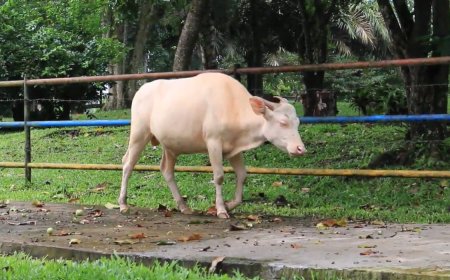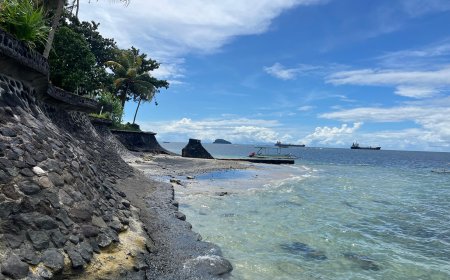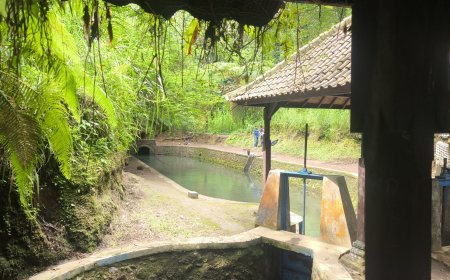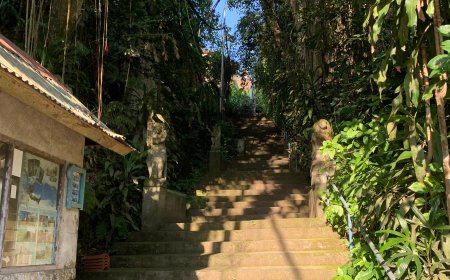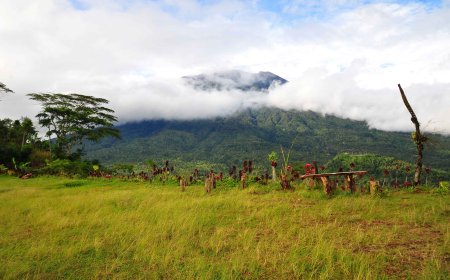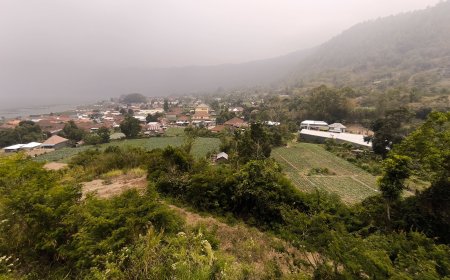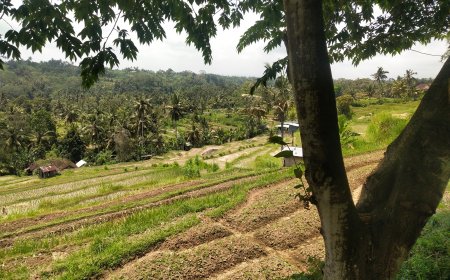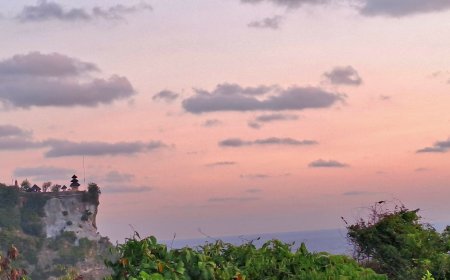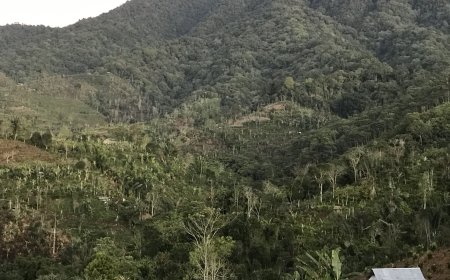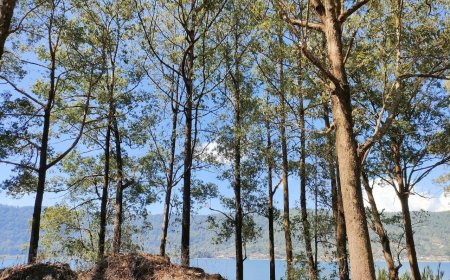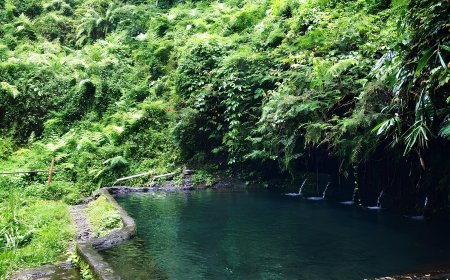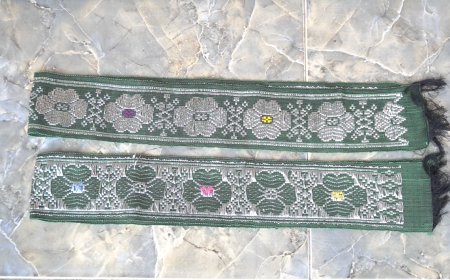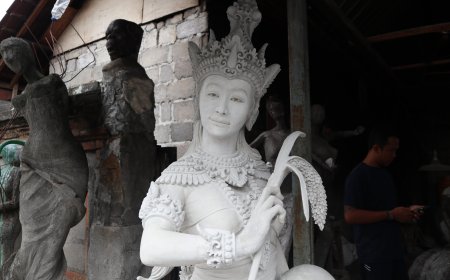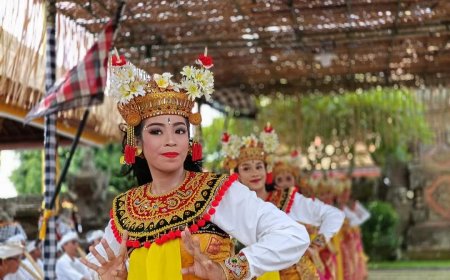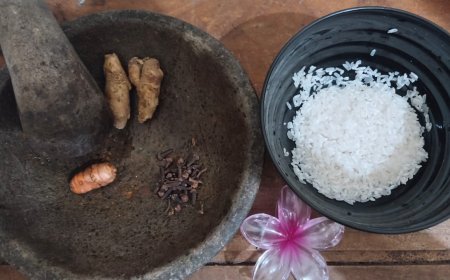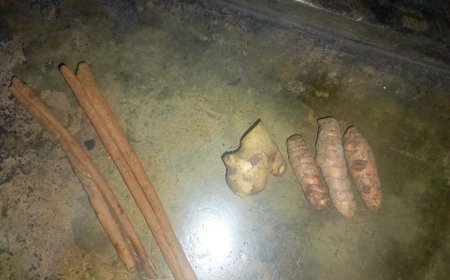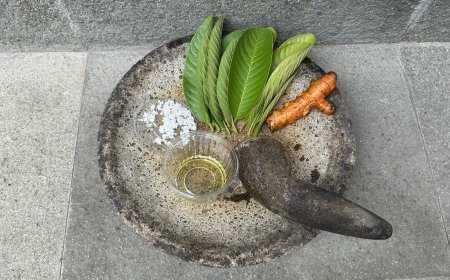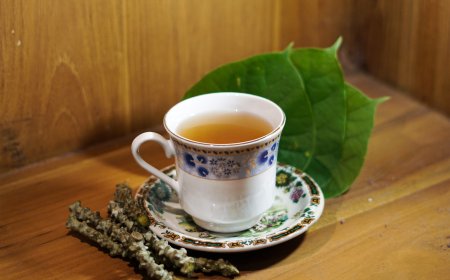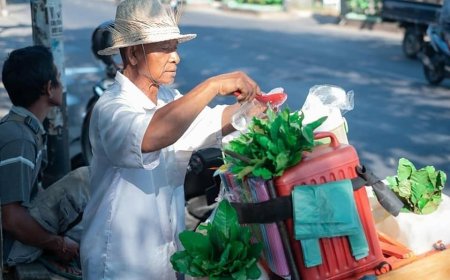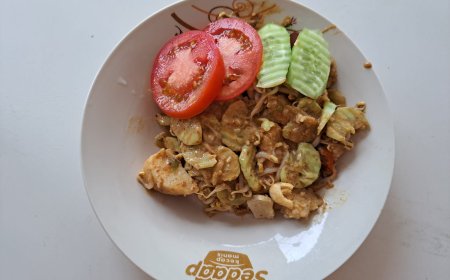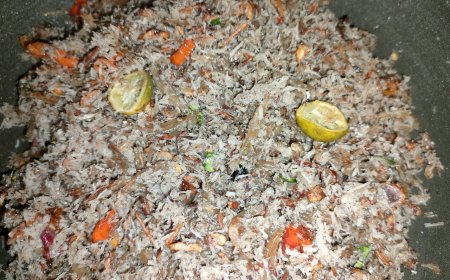Discovering the Unique Red Rice of Jatiluwih: A Natural Heritage of Bali
Jatiluwih Village, located in Tabanan Regency, Bali, is renowned for its stunning rice terraces, which are part of the UNESCO World Cultural Heritage through the traditional Subak irrigation system. In addition to being a popular tourist destination, the village is also known for producing high-quality red rice that is unique and exceptional. Jatiluwih red rice is cultivated using the Subak system, which integrates the philosophy of Tri Hita Karana to maintain harmony between humans, nature, and the divine. This creates a natural and sustainable agricultural environment.
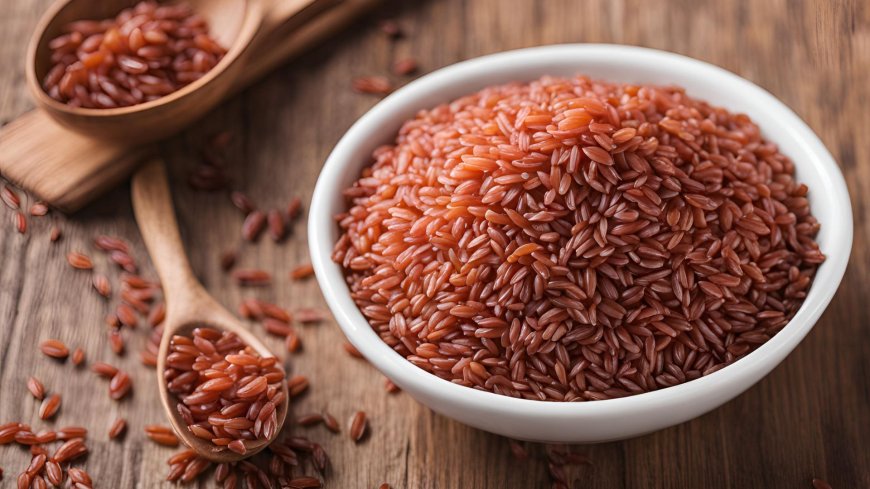
Jatiluwih red rice is one of the superior agricultural products of Jatiluwih Village, located in Tabanan Regency, Bali. The village is renowned not only for its breathtaking terraced rice fields but also for the exceptional quality of its red rice. This red rice thrives amidst pristine natural surroundings and is cultivated using the traditional Subak irrigation system, which has been recognized as a UNESCO World Cultural Heritage.
Unique Cultivation Process
The uniqueness of Jatiluwih red rice lies in its cultivation method, which employs the Subak system. This system serves not only as an efficient water management method but also as a manifestation of the Tri Hita Karana philosophy, emphasizing harmony between humans, nature, and the divine. The water flowing through the Subak comes from crystal-clear mountain springs, ensuring the soil remains fertile and free from contamination. Farmers in Jatiluwih practice organic farming methods, utilizing natural fertilizers such as compost and animal manure, as well as plant-based pesticides to protect crops from pests. This process produces chemical-free red rice that is safe for health and environmentally friendly.
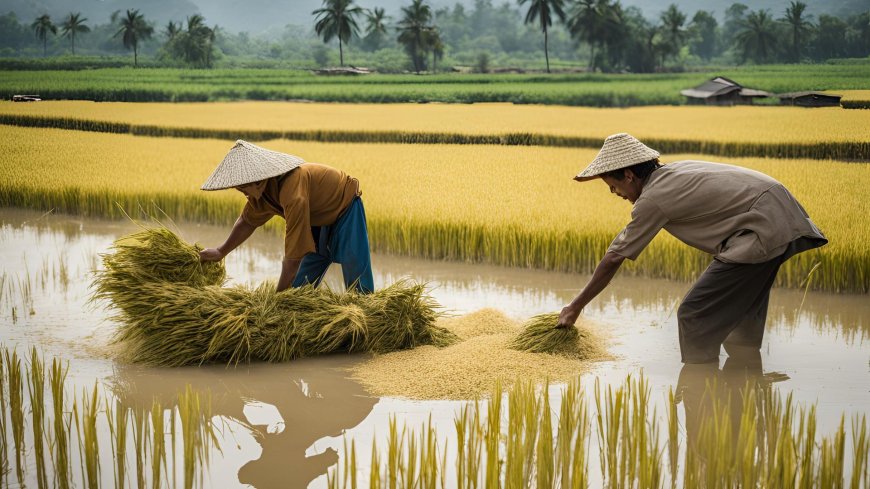
Farming Red Rice (Photo Source: Personal Collection)
After harvesting, the red paddy from Jatiluwih undergoes a natural drying process under the sun. The paddy is then milled using traditional tools to remove the husk while preserving the bran layer. This method retains the natural texture, aroma, and taste of the red rice. Jatiluwih red rice has a chewy texture and a distinct slightly sweet flavor. Its reddish-brown color comes from the aleurone layer, which is rich in antioxidants. The rice also exudes a fresh and natural aroma, reflecting the pristine environment where it is cultivated. Unlike white rice, which goes through a polishing process, Jatiluwih red rice retains its bran layer, preserving its nutritional content. This makes it rich in fiber, B-complex vitamins, magnesium, and iron, all of which provide various health benefits.
Health Benefits
Red rice is widely recognized as a healthy source of carbohydrates, packed with essential nutrients for the body. One of its primary benefits is its ability to help regulate blood sugar levels, thanks to its lower glycemic index compared to white rice. Its high fiber content plays a crucial role in improving digestive health by preventing constipation and supporting the body's natural detoxification process. Additionally, red rice is rich in magnesium, which contributes to maintaining bone health, reducing the risk of osteoporosis, and supporting optimal muscle and nerve function. The antioxidants, such as anthocyanins, found in its bran layer help combat free radicals that can damage cells. This, in turn, promotes heart health, prevents premature aging, and reduces the risk of chronic diseases like cancer.
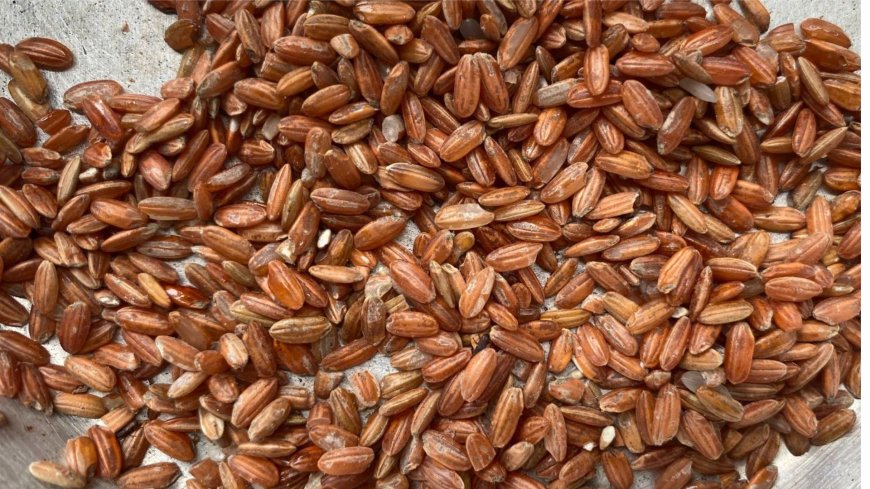
Red Rice (Photo Source: Personal Collection)
This is Few Of The Benefits of Red Rice:
-
- Regulates Blood Sugar, With a low glycemic index, red rice helps stabilize blood sugar levels, making it ideal for individuals with diabetes.
- Improves Digestive Health, Its high fiber content prevents constipation and supports the body’s natural detoxification process.
- Supports Bone and Muscle Health, Rich in magnesium, red rice contributes to bone density, optimal muscle function, and a healthy nervous system.
- Fights Free Radicals, The antioxidant anthocyanins protect cells from damage, promote heart health, and reduce the risk of cancer.
- Boosts Energy and Brain Function, B-complex vitamins aid in energy metabolism, support brain health, and enhance cognitive functions.
- Suitable for Gluten-Free Diets, Safe for individuals with gluten intolerance or celiac disease.
Cultural Symbol and Sustainability
The traditions associated with cultivating Jatiluwih red rice further enhance its cultural value. Every stage of the farming process, from planting to harvesting, is often accompanied by traditional ceremonies conducted by the local community. These rituals not only honor nature but also strengthen social bonds within the community. Additionally, the Subak irrigation system symbolizes community solidarity, as farmers collaborate to ensure smooth water distribution and successful harvests. Jatiluwih red rice embodies the harmonious relationship between humans and nature, carefully preserved by the Balinese people. By maintaining the Subak tradition and organic farming methods, Jatiluwih Village not only preserves its cultural heritage but also fosters a sustainable and eco-friendly agricultural system. This red rice stands as a testament to how local wisdom can provide economic, ecological, and social benefits simultaneously. As Jatiluwih red rice gains recognition nationally and internationally, it serves as a cultural ambassador for Bali, showcasing the beauty and richness of the island’s agrarian traditions to the world.
